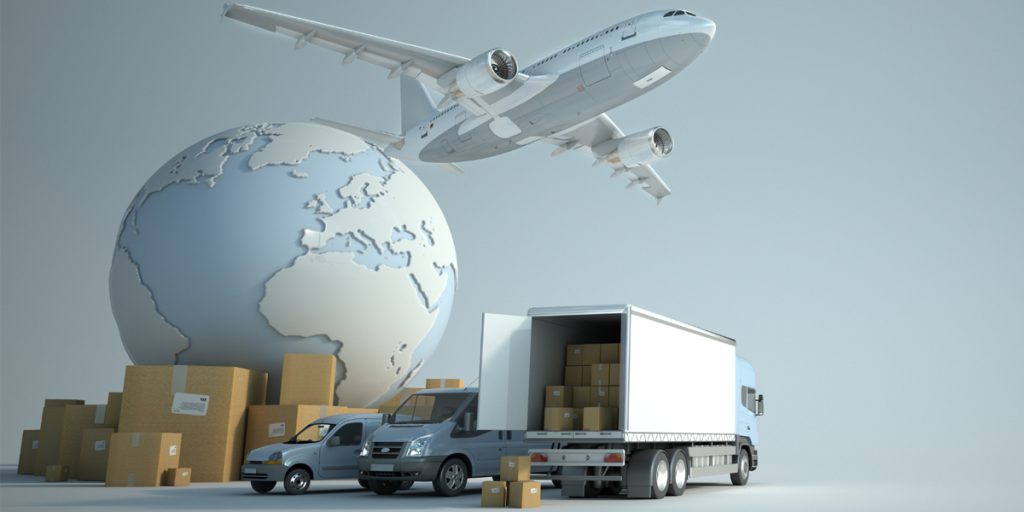
Table of Contents
Introduction
The roadway sector’s progressive ways and tremendous development require additional safety scrutiny. So, let us look at what incidents usually occur in the transportation industry and how to avoid them.
The news of former Tata Sons chairman Cyrus Mistry dying in a car accident in Maharashtra’s Palghar district sent shockwaves through the country. The accident brought everyone’s attention to the safety of the transport system. Everyone from the car brand to the NHAI and police authorities were asked to investigate what happened.
But the factors that came into the limelight were equally shocking. The stretch near Charoti, where the car in which Cyrus Mistry was traveling met with an accident, has seen 26 deaths in 25 serious accidents since the start of this year, said a Maharashtra highway police official.
Such incidents throw light upon the factors wherein the transportation industry needs to be more vigilant and take all the precautions to avoid incidents and accidents.
But what is the transport sector doing to ensure road safety? Is it taking the necessary measures, or are the drivers and citizens careless? Well, our observations state that it is a two-way street. Let’s see why and how!
11 Observations of the Transportation Industry
The transportation industry has evolved thoroughly. But what exactly is the transportation industry? The transportation sector involves everything from building e-ways, flyovers, and other roadways to railways, bridges and everything that helps transport of goods.
However, progressive methods require additional safety scrutiny. So, let’s examine what incidents usually occur in the transportation industry and how to avoid them.
Accidents
Accidents can range anywhere from slippery ice to mistakes by the driver. They can be prevented only when their root cause is identified. Hence even a tiny slip or tire screeching must be notified and looked upon keenly. They can also be avoided by ensuring the driver is trained enough to drive and the vehicle is tested thoroughly before it hits the road.
Near-Miss Events
These account for the “accidents that could have happened.” Therefore, if any event was noticed that could have led to greater mishaps but was a “near-miss,” it should be addressed immediately. One example is if two vehicles could have collided in a blind curve, but both stopped at the right time. So, one solution is adding mirrors in blind spots.
Safety Reporting
Safety is everyone’s responsibility. If every team member responsibly reports incidents and observes safety, many accidents can be avoided. However, the lack of safety reporting or inconsiderate disregard for it can lead to disastrous results.
Weather and Climate Happenings
Nothing can go against Mother Nature, and Mother Nature’s mood is unpredictable. But thanks to the weather forecasting department, we are ready for unknown and sudden weather changes. Therefore, it is crucial to put up sign boards if the area generally has heavy rainfall, intense heat, or any extreme climatic conditions. This helps the drivers keep an advance check on their vehicles. Also, it is the driver’s responsibility to check the environmental conditions before and during the journey.
Non-Conformity Reports
Non-conformity reports or NCRs are essential for quality checks. These reports help to understand the loopholes in the system and answer the “W” questions so that the necessary work meets all the standards. These reports also determine the root analysis of the occurred problems to avoid future accidents.
Cargo Damages
There can be many reasons for the cargo to get damaged. It could be the weather, infestation, scratching, or damage during the journey. To avoid cargo-related damages, one must ensure that the cargo loaded adheres to all the rules according to the vehicle’s dimensions. The driver should also maintain proper driving consistency to protect the shipment.
Delivery Failures
The rise and rapid increase of e-commerce have dramatically impacted the transportation industry. However, this has also created a problem of failed, lost, or misrouted deliveries. Therefore, when a delivery problem arises, it must be solved immediately. The root cause of the situation should be tracked, and proper measures must be taken to avoid reoccurrences.
Vehicle Inspections
Vehicles carrying equipment must be double-checked, driven, and thoroughly scrutinized before they make their way to the highway. The slightest misbehavior of the vehicle can lead to damages that are sometimes irreparable.
Claims and Insurance
The transportation industry should be insured in the best way. In the absence of insurance, the company can incur unrecoverable debts in case of accidents. The claim settlement clauses must be pre-defined in the contract to avoid clashes. An organization has to go that extra mile to keep its drivers, vehicles, and everyone who handles transportation in a safe zone.
Innovation
Organizations should regularly investigate innovations in the transportation sector. From fuel efficiency to improved vehicles, they must be updated on their transport. Also, the safety department should check on the innovations to enhance safety and avoid incidents, accidents, and injuries.
Digitalization
If you regularly update on innovation, you must know that digitalization is the need of the hour. Digitalization supports live tracking, immediate response to problems, quick help, and all the requirements for safety and compliance. Lack of digitalization can mess up the transportation sector and make it more prone to confusion and accidents.
Final Thoughts
The above 11 observations are limited to this blog. However, as transportation is the backbone of keeping our lives on track, it is crucial that every sector pays special attention to ensuring that the transportation industry deals with minimum or no damage. When observations are given attention and every little mishap is analyzed, there is a possibility that even if accidents happen, they cause minimal or no damage to life and cargo.
The transportation sector is the epitome of any country’s economy. It has seen and will continue to experience exponential growth. Therefore, it is essential to address problems and challenges seamlessly.



